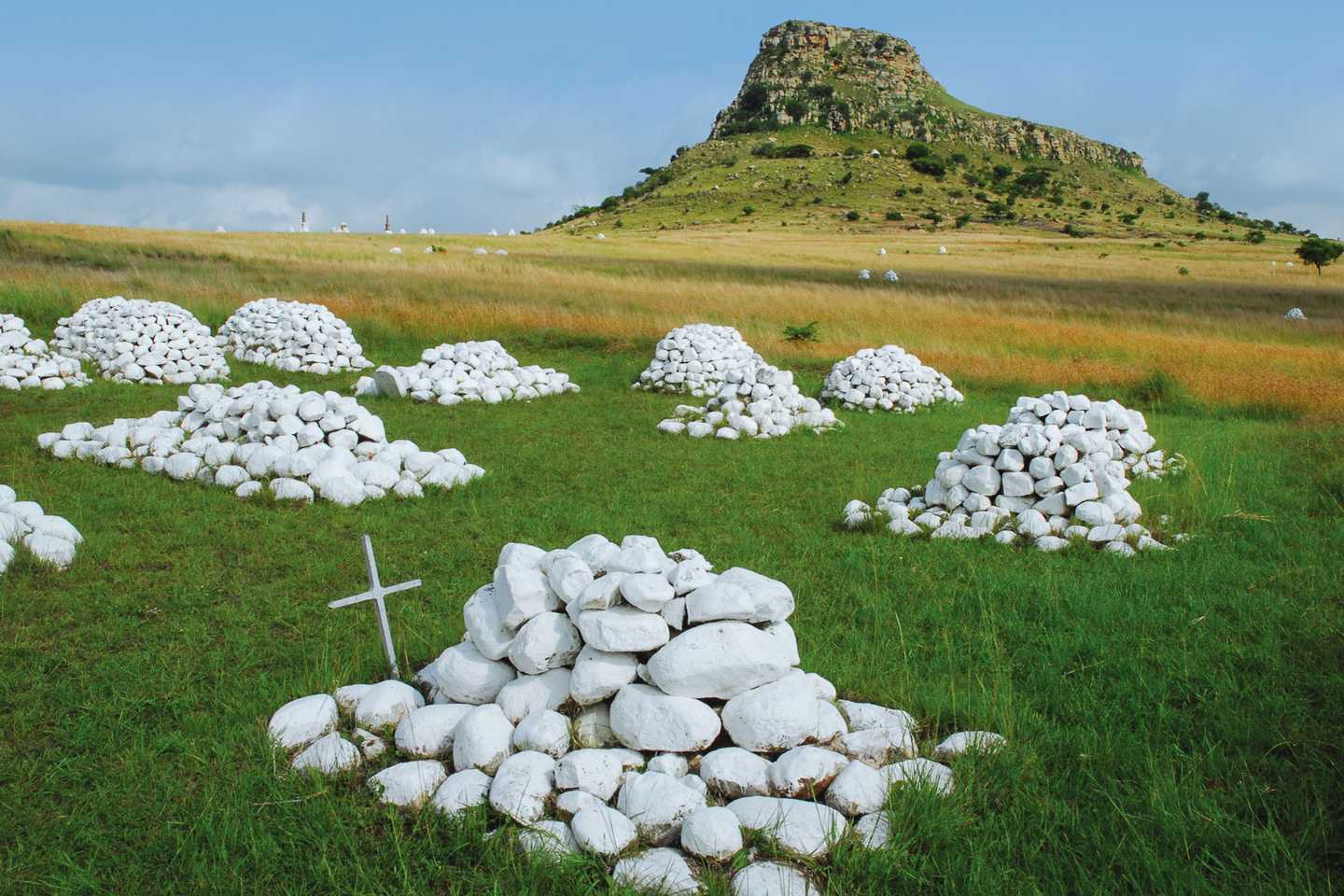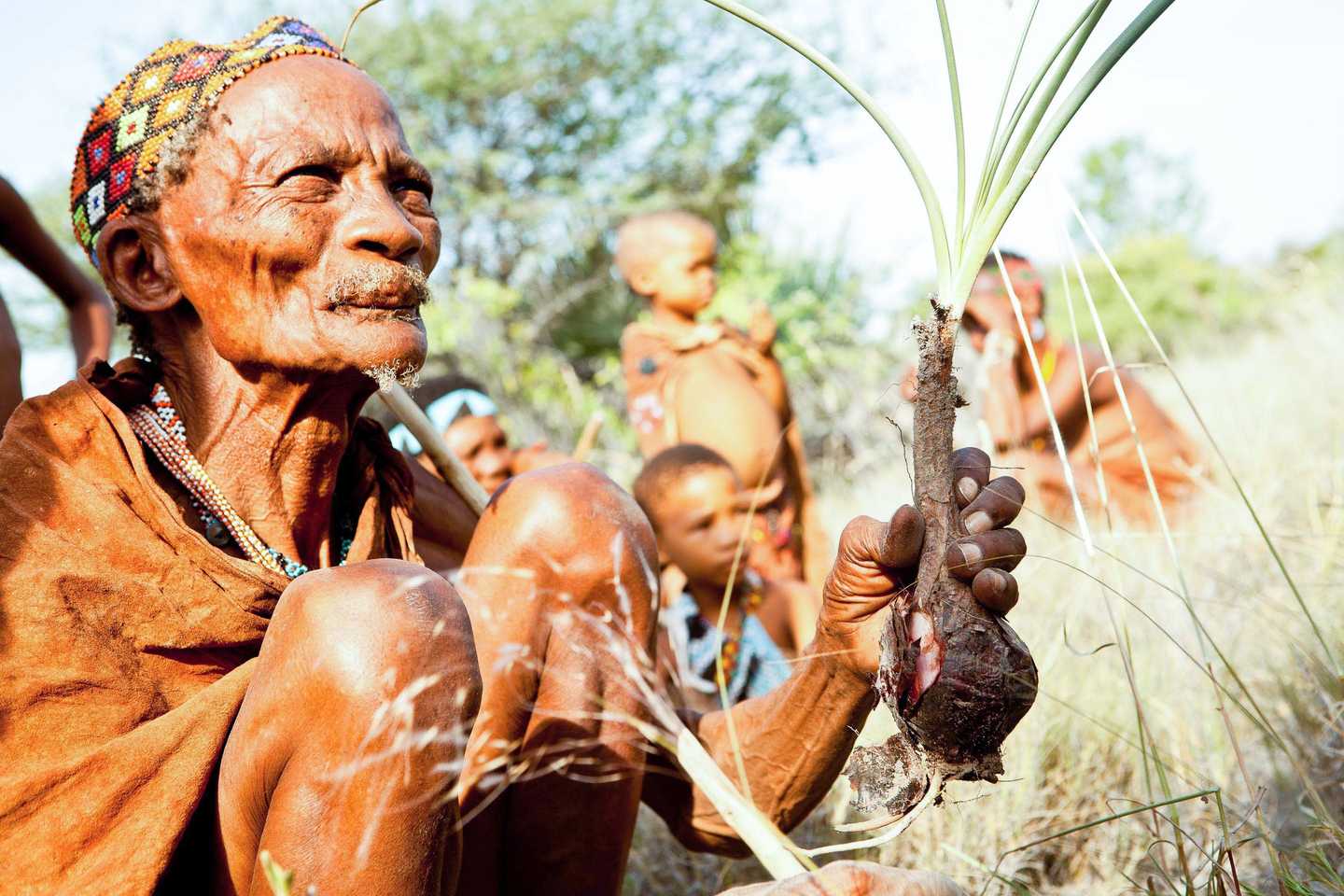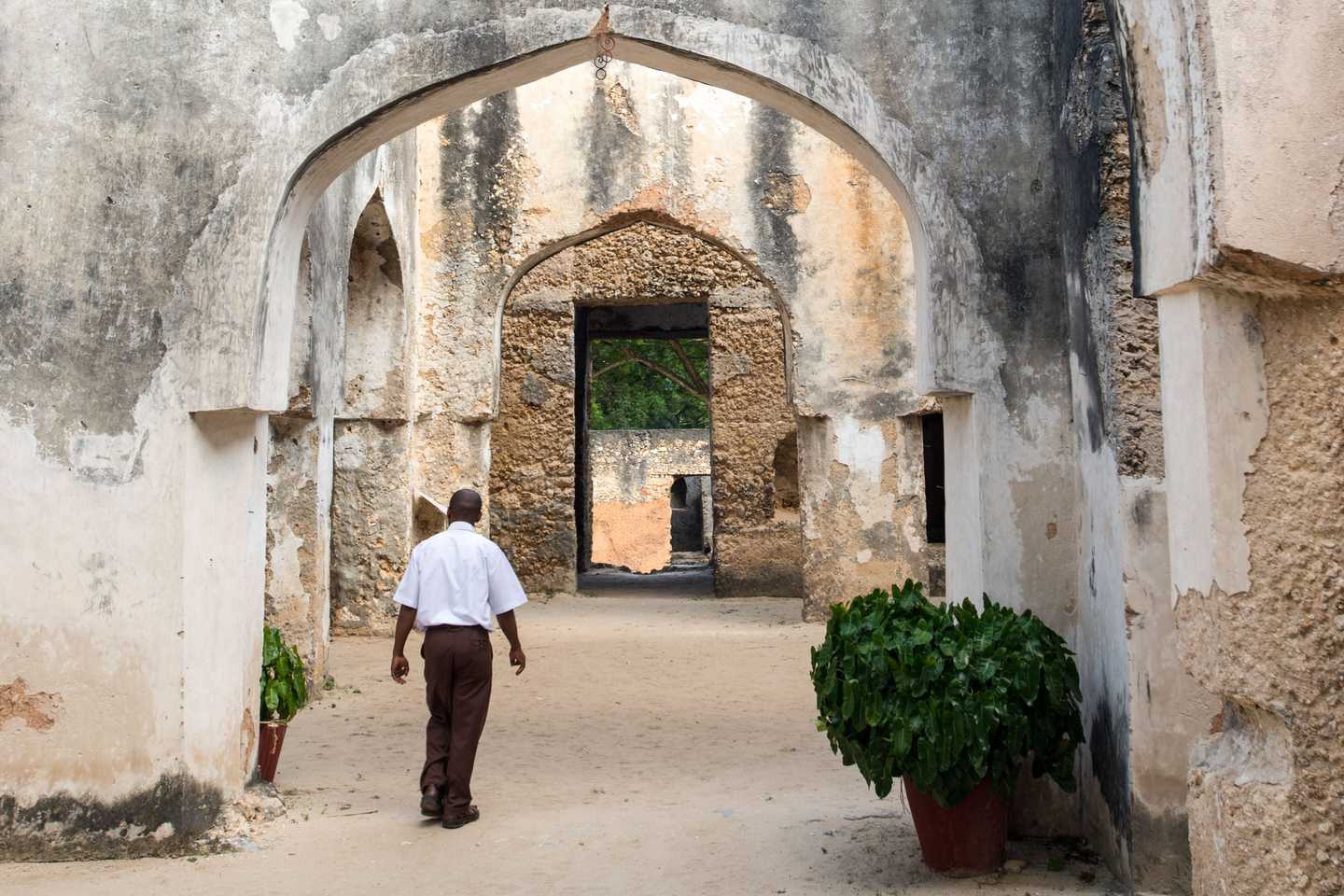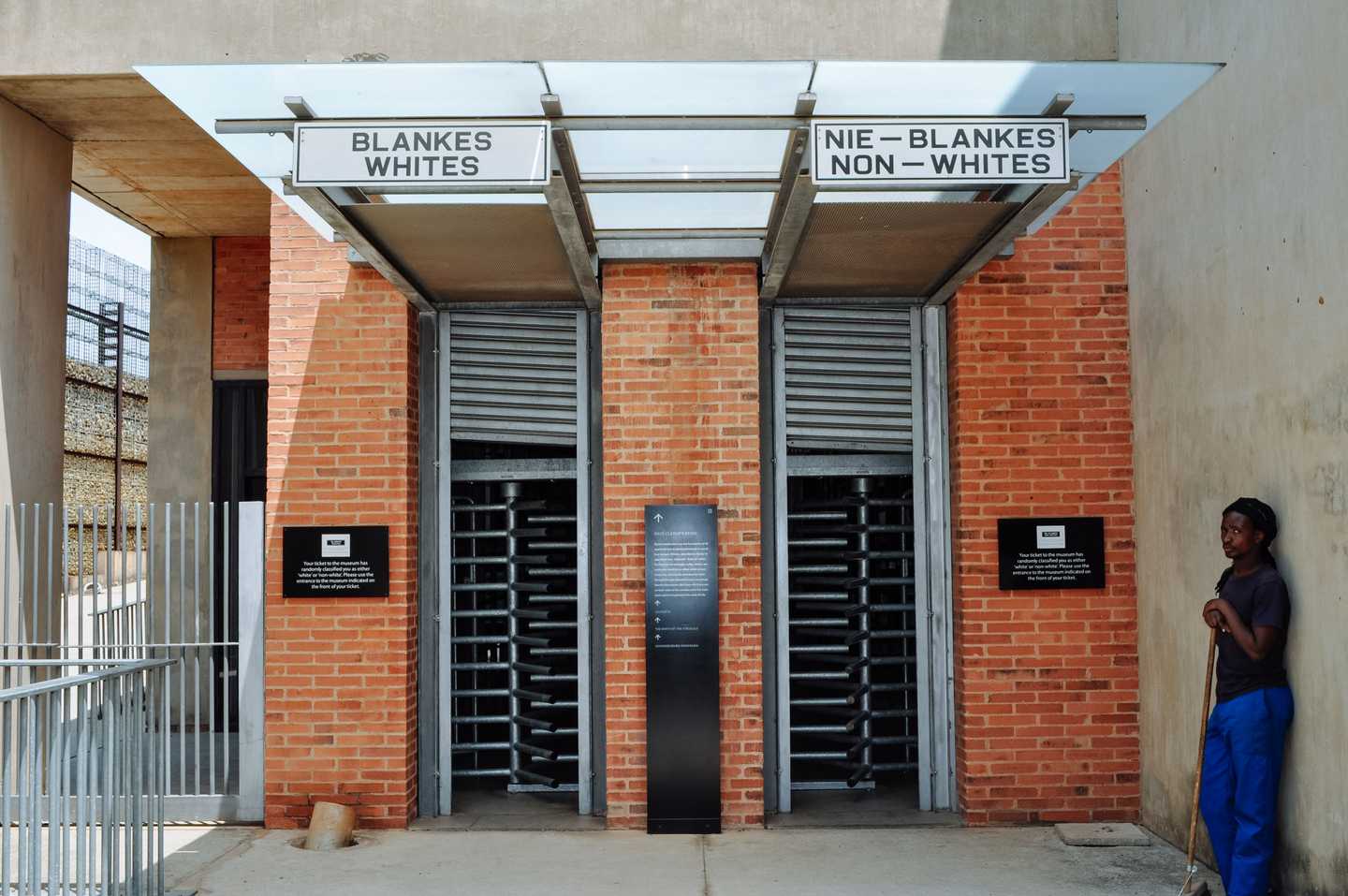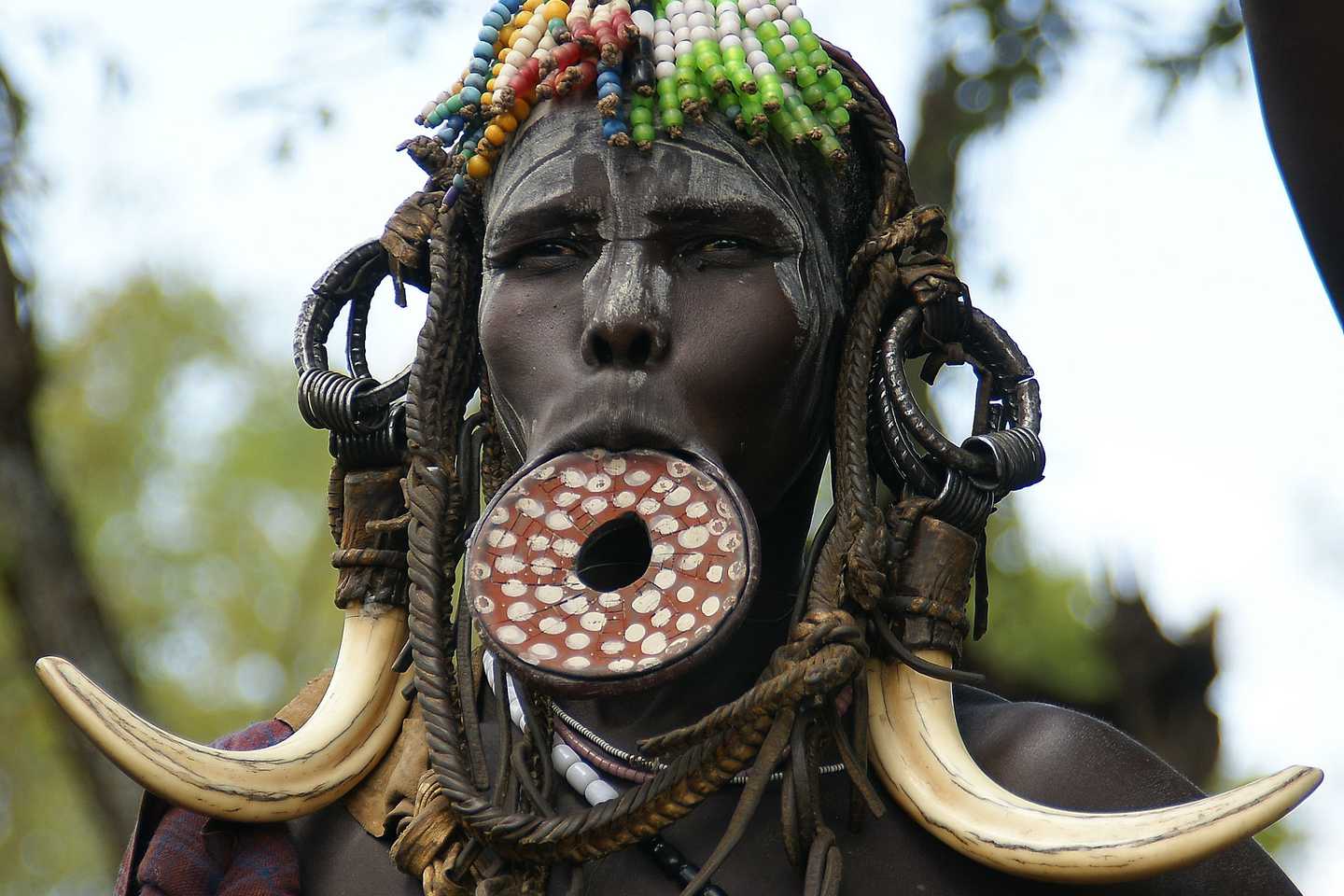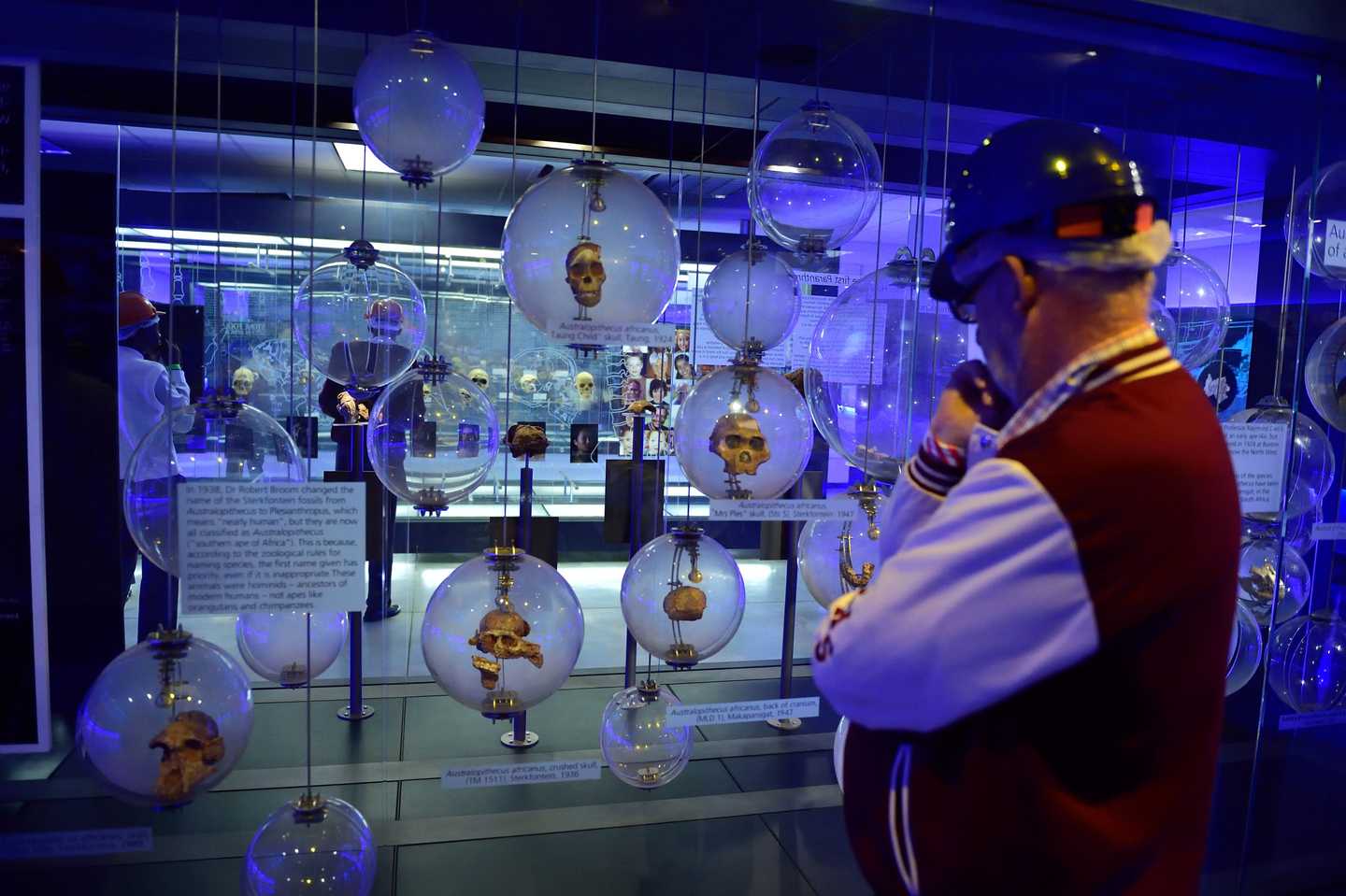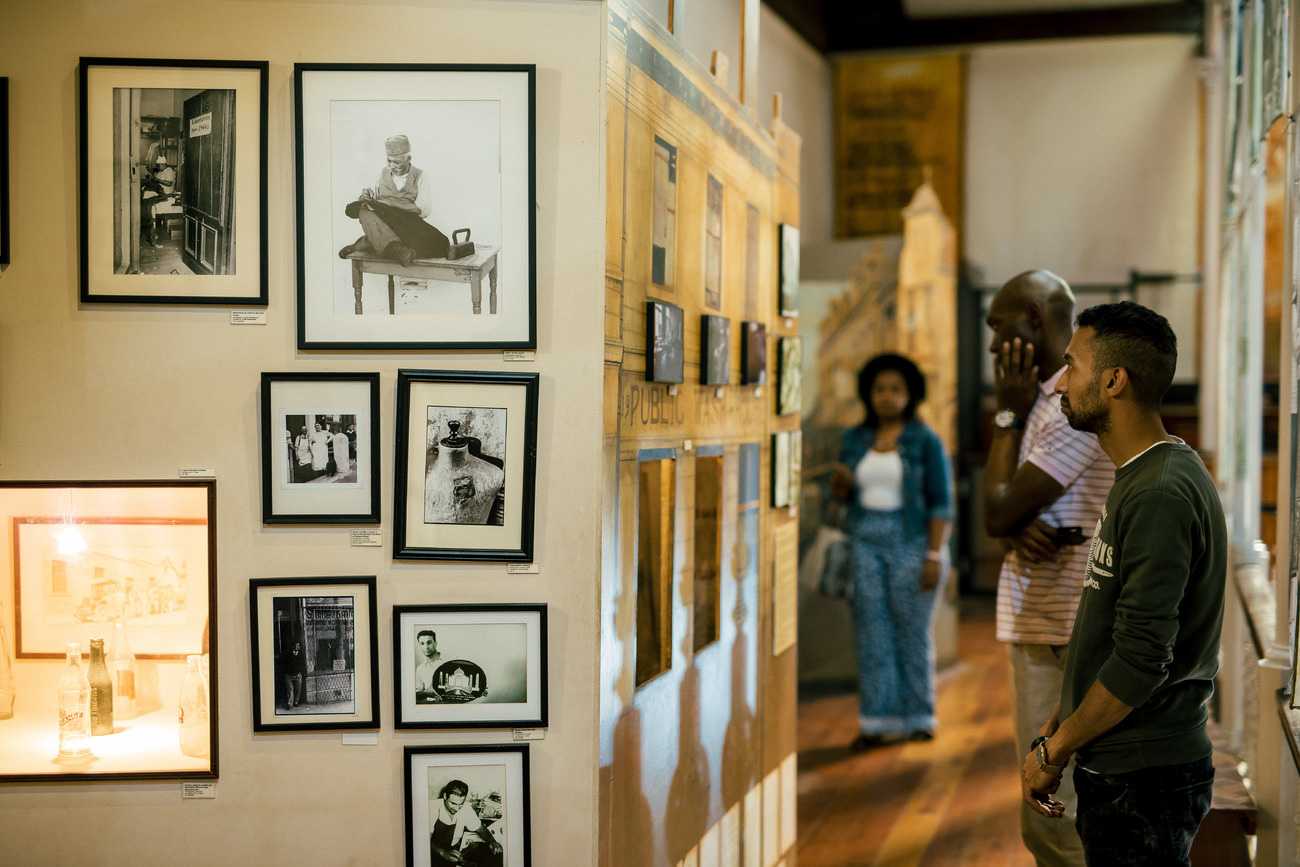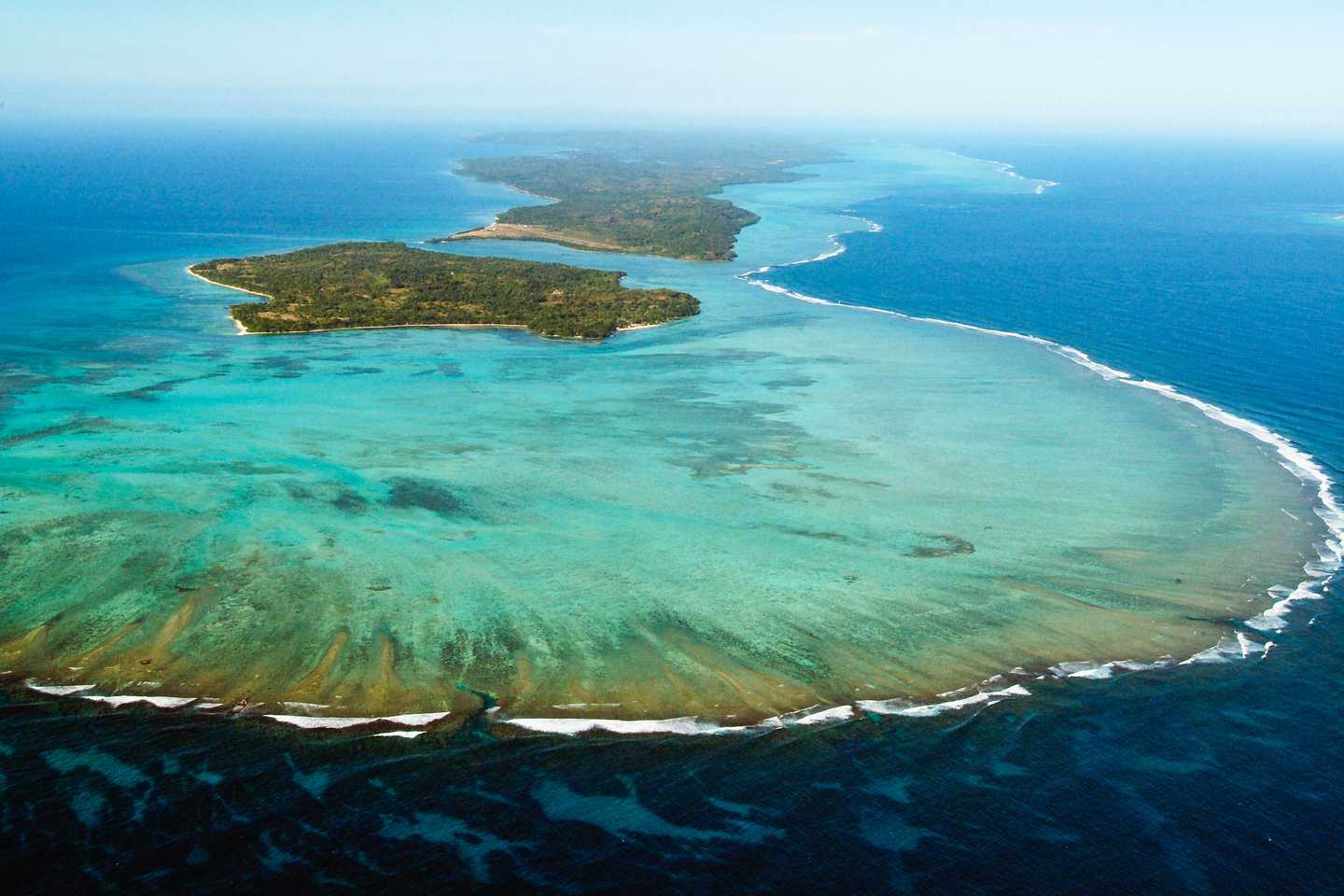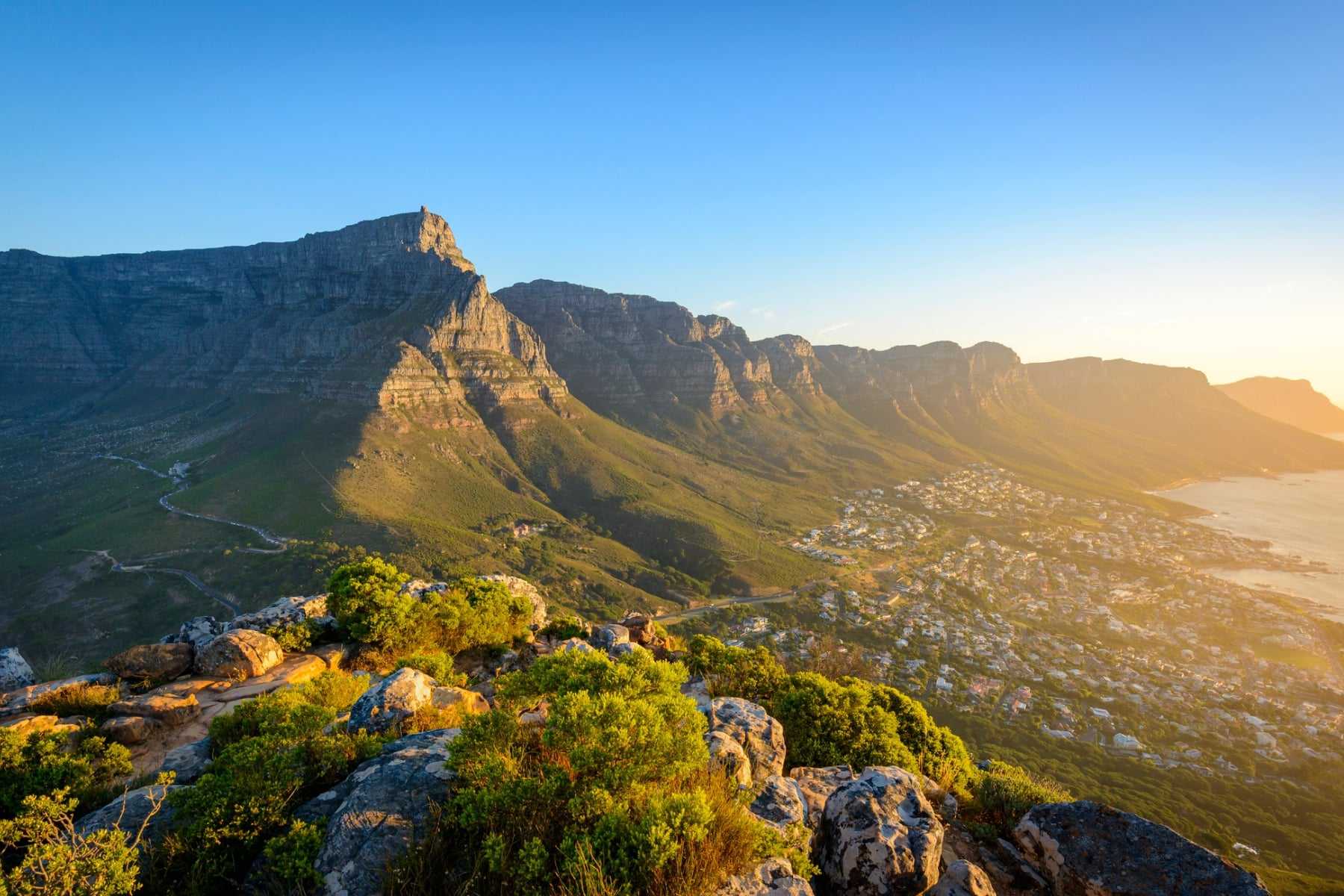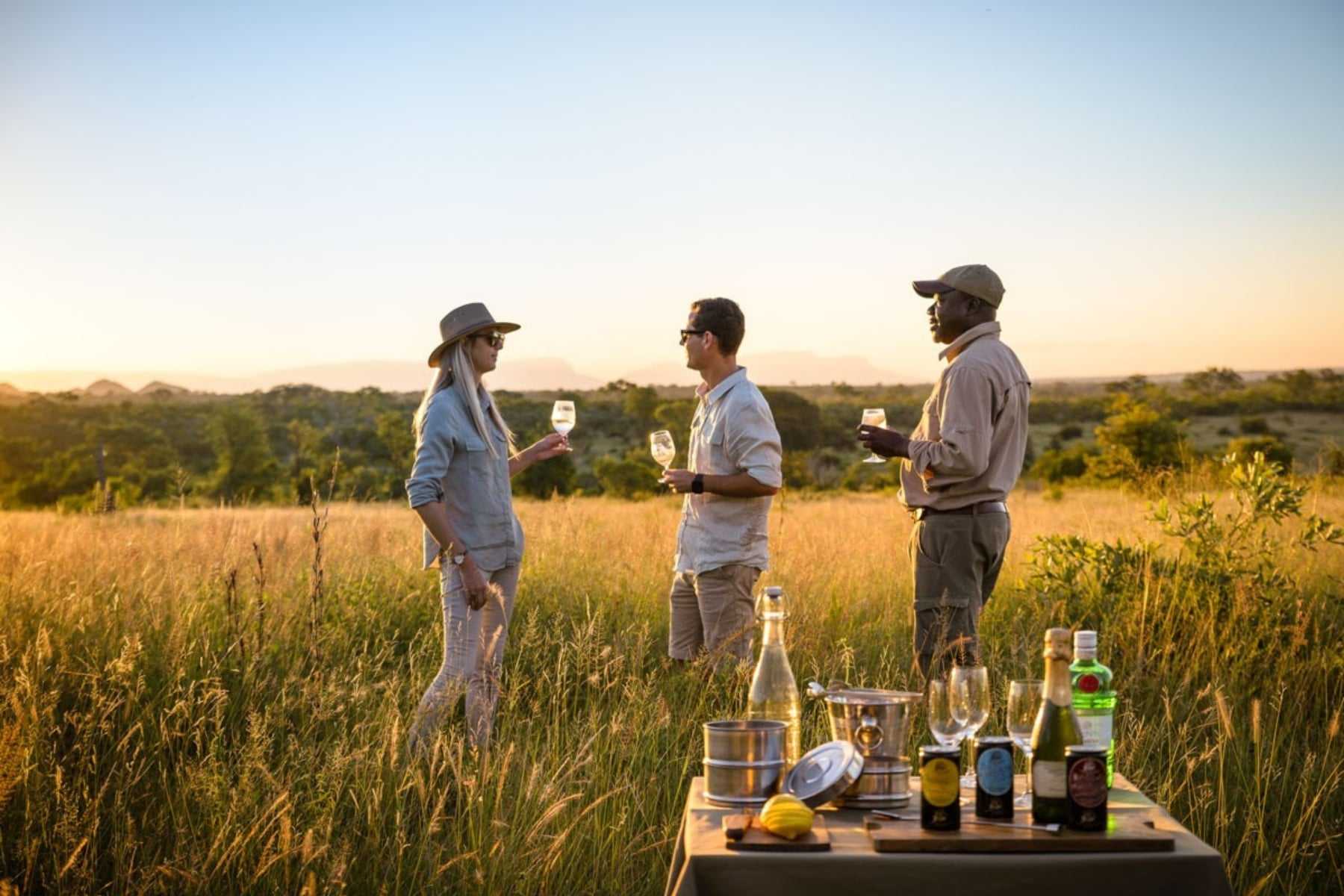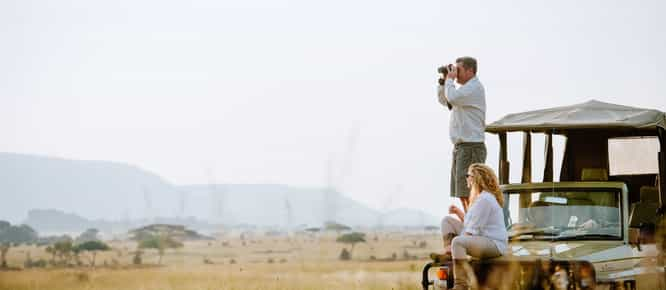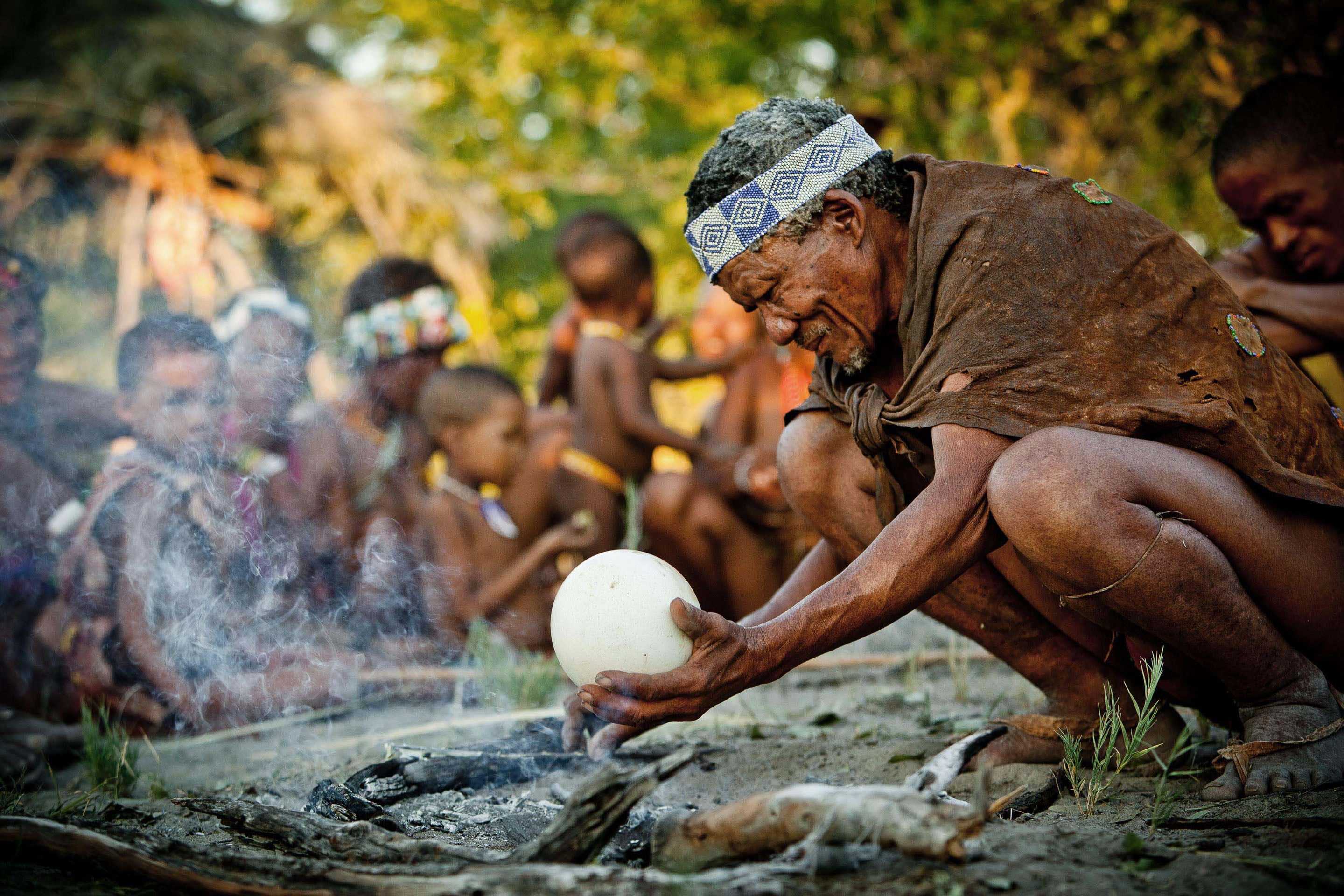
Top Cultural Experiences in Africa
Thought of as the birthplace of humankind, it’s no wonder that Africa is a veritable hotspot for culture. It’s here that you can immerse yourself in the traditions of indigenous tribes, learn about fierce battles and where they were fought, and better understand the continent’s colourful and sometimes turbulent past. Read on to find out how, when and where to enrich your African adventure and soak up some of that local culture that the continent is famous for.
1. Discover the History of South Africa’s Bloody Battlefields
An infamous and fascinating period of history, the hard fought and often very tragic battles of the Boer and Anglo-Zulu wars helped to shape modern South Africa, and their legacy is still imprinted on the country today. On first look, it’s hard to imagine that the green and peaceful hills of KwaZulu-Natal could hide any dark secrets but they are, in fact, home to some of the bloodiest confrontations between the Boers, Zulus and Brits. The best way to understand these history-changing conflicts in their fullest is with a local guide who will immerse you in tales of unrest and stories of derring-do and bring the brutal clashes and skirmishes to life. Visit the infamous sites of Blood River, Isandlwana, Rorke’s Drift and Spioenkop to really comprehend the scope of these wars, fought at the turn of the 20th Century.
Our ‘South Africa for Culture Vultures’ self-drive route will introduce you to KwaZulu-Natal, and combines some time in the battlefields region with the beautiful landscapes of the Midlands and a spot of safari. Something for everyone indeed.
2. Learn from the San of the Kalahari
The oldest inhabitants of southern Africa, the San have lived in the Kalahari for over 20,000 years and are thought to be one of the oldest peoples in the world. Their survival can be largely attributed to passing their traditions and techniques from generation to generation as they expertly navigate an arid and inhospitable land with no permanent water supply. Expert hunter gatherers, the San have grown more than adept at living entirely off the land and will track animals by their spoor and use a traditional bow and arrow (tipped with poison) to hunt their prey. They are also known to hold an extensive and incredible knowledge of indigenous flora and fauna and their many uses – when travelling long distances without water the San are able to identify plants that carry water in their roots and use these for hydration.
It’s possible to meet with the incredible San in Botswana and our ‘Follow the paths of the San’ route offers the chance to learn from them in a sensitive way. From understanding tracking techniques to learning about the spiritual traditions and rituals that surround their hunting practices, this is a cultural experience with a difference.
3. Exploring Zanzibar’s Stone Town
The phrase ‘a cultural melting pot’ might be overused but there’s really no other way of describing Zanzibar’s mystical Stone Town, also known as Mij Mkongwe – Swahili for ‘Old Town.’ Declared a UNESCO World Heritage Site in 2000, this city was once the capital of the Zanzibar Sultanate and the burgeoning epicentre of the spice trade.With African, Arab, European, Indian and Persian influences, the culture and architecture are diverse and intriguing and the whole city is a buzzing hub of history. There’s also a darker side to this now charming and sultry city for it was once home to one of the world’s last open slave markets, eventually shut down in 1873.
Today, travellers can wander the streets, imagining what has gone before them and the past the city has led. The best way to learn about Stone Town is to take a guided tour, where you’ll learn more of the rich history as you wander through aromatic markets and spice bazaars, soaking up the sights, smells and tastes of one of Africa’s most captivating towns.
4. Understanding Apartheid
News of apartheid in South Africa spread across the world like wildfire and gave the country a reputation it’s still trying to distance itself from. But amongst the darkness, there were moments of glorious triumph, in particular the rise of Nelson Mandela, who before his ascent to power was held as a political prisoner for 27 years. Johannesburg’s Apartheid Museum pays tribute to this appalling period of history and its many victims, whilst also helping visitors to understand the greater context. Through various exhibits and displays, the museum documents the rise and fall of the apartheid era, the key players who were involved in both its ascent and descent, and the way the state sanctioned system of racial discrimination affected the citizens of South Africa. As well as hoping to educate visitors, the Apartheid Museum strives to help South Africans come to terms with their country’s past in the hope of helping them to work towards a better and brighter future.
The museum is open daily and from Tuesday to Sunday, visitors can also take a guided tour to better understand the exhibits and the context behind them.
5. Meet the People of Ethiopia’s Omo Valley
With some 80 languages spoken across the country, Ethiopia is already known for being an extremely culturally rich area of the world and the Omo Valley region is a microcosm of that. The Omo River is the country’s largest, outside of the Nile Basin, and its banks are home to some of the most remarkable indigenous tribes in the world. From masters of body decorating, the Hamer, to the crocodile-hunting Dassanech and the lip-plated Mursi, each tribe in the region has its own individual way of life and distinctive cultural traditions. In our modern-day world of consumerism there is much to be learnt from the customs of these indigenous people who lack our obsession with material culture. To visit here is to learn the way of people who live off the land, maintaining a lifestyle cultivated by their ancestors hundreds of years before.
For those interested in understanding the culture, history and people of Ethiopia, we have put together our ‘Northern Ethiopia & the Omo Valley’ route. This journey will take you through some of Ethiopia’s most iconic destinations and immerses you in the country’s unique and unforgettable existence.
6. Visit the birthplace of human civilisation
You might visit cultural sites to help better understand the life and history of the peoples of that region, but how about visiting the actual birthplace of all people, the Cradle of Humankind? Located just 50km north of Johannesburg, the area is home to approximately 40% of the world’s human ancestor fossils, making it the most condensed source on the planet. Some of the fossils discovered here date back as far as 3.5 million years! Maropeng is the official visitors centre and it’s here that you can learn, through interactive exhibits, what it means to be a human and how our species has evolved over millions of years. More adventurous travellers may also like to visit the Sterkfontein Caves where many of the major paleontological discoveries were made, including that of Mrs Ples and Little Foot.
For travellers who are interested in science, history and fossils, there really is nowhere more interesting or arguably more significant than the Cradle of Humankind.
7. District Six tour
South Africa’s difficult history has been much documented, but something that passes most people by is the destruction of Cape Town’s District Six community, the ramifications of which are still felt today. Established in 1867 and once known as ‘the soul of Cape Town’, District Six was an impoverished but thriving community, made up of 55,000 residents, until their forcible eviction in the 1970s. Those who refused were issued with warnings and threats until they had little choice but to leave their homes and move to the dismal townships of the Cape Flats. After demolishing many of of the pre-existing buildings, the apartheid government behind the displacement had high hopes of selling the land as prime property. These hopes, however, were dashed as local and international pressure made it all but impossible to sell the land they had forcibly taken, and even today, the remains of District Six exist as wasteland.
To learn more about the persecution of the people of this area, pay a visit to the District Six Museum. The museum honours the memory of those who were displaced and their way of life when they were still able to be part of this community.
No matter where we are, we are here. – Mrs Abrahams, District Six resident
8. Madagascar’s pirate past
From the birthplace of humankind to…pirates! (Africa is nothing if not extremely diverse!). Thanks to a very popular film franchise, you might only imagine buccaneers travelling through the turquoise waters of the Caribbean, but what if we were to tell you that there is, in fact, an island off Madagascar that was once populated almost entirely by pirates. These days, Nosy Boraha is a beautiful beach idyll; a place to while away your time laying on the sandy shores underneath gently swaying palm fronds, or snorkelling in the crystal clear waters. In the 17th and 18th centuries, however, it was a very different story and the island was home to more than a thousand swashbuckling marauders! It’s even rumoured to have been the basis for Robert Louis Stevenson’s Treasure Island.
We’re so fascinated by this spot that we’ve written a whole blogpost on it! Click here to find out how you can enjoy a swashbuckling adventure of your very own in Madagascar.
